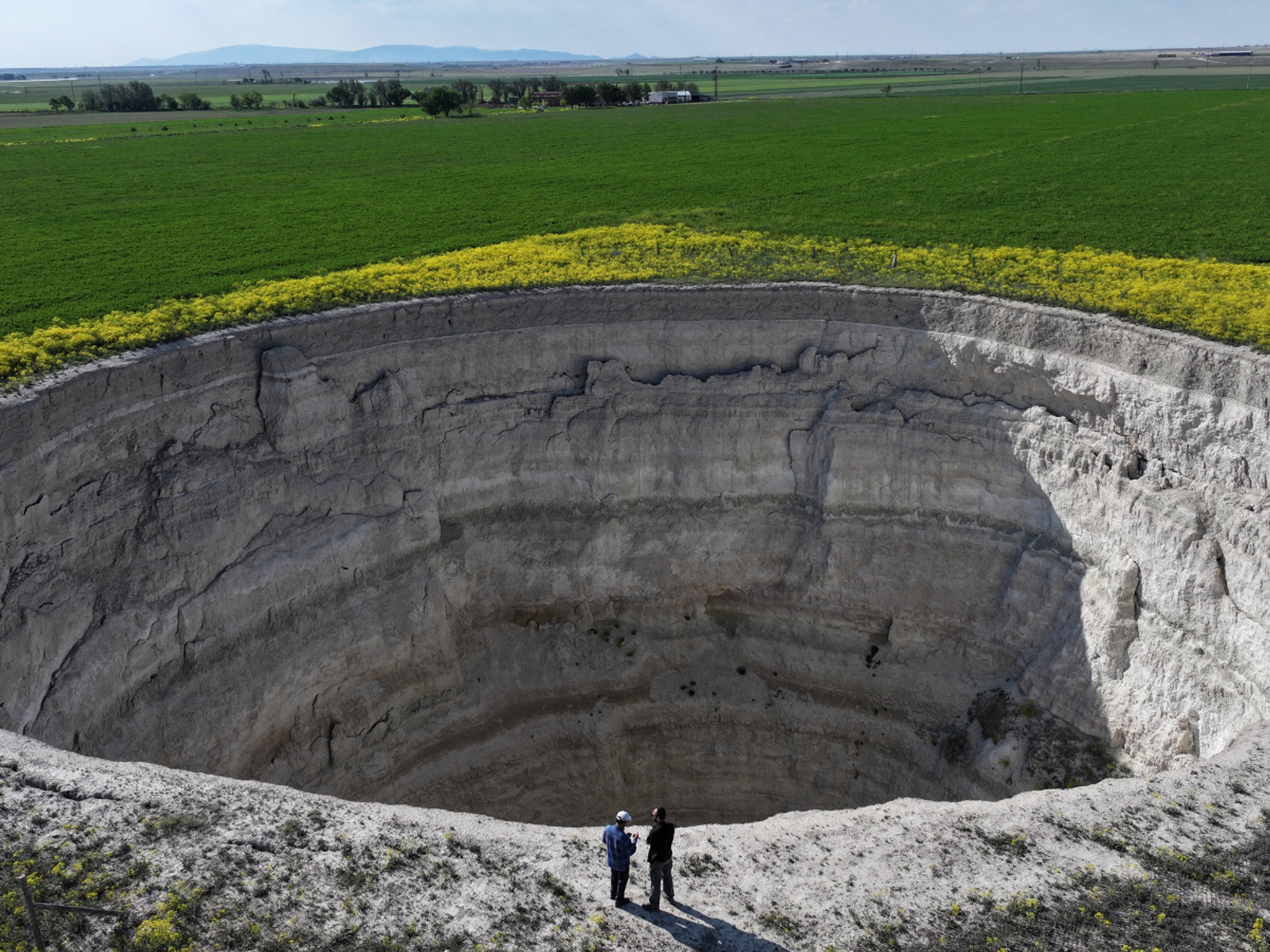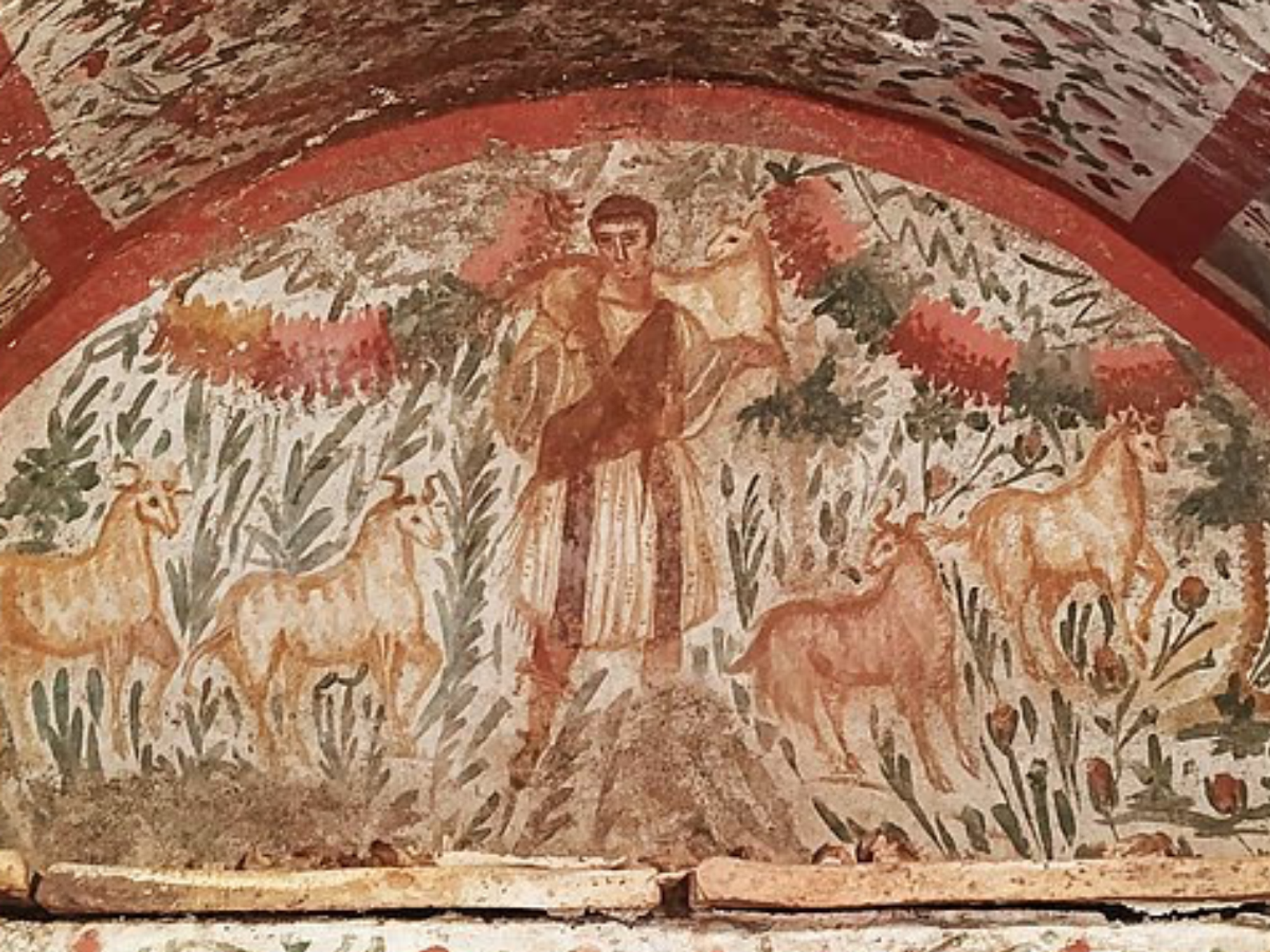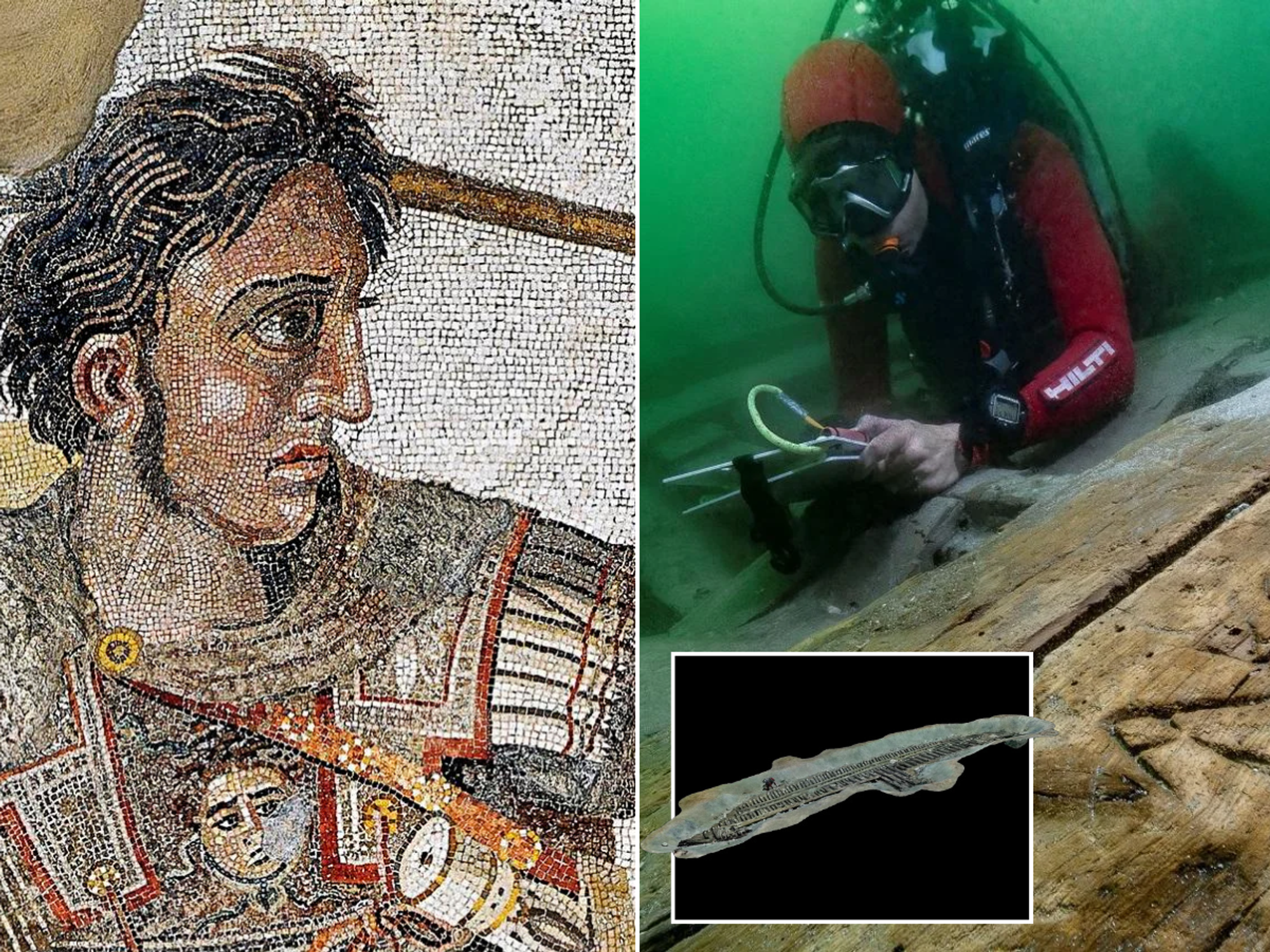Pyramid mystery deepens as ancient Egyptian builders may have been poisoned
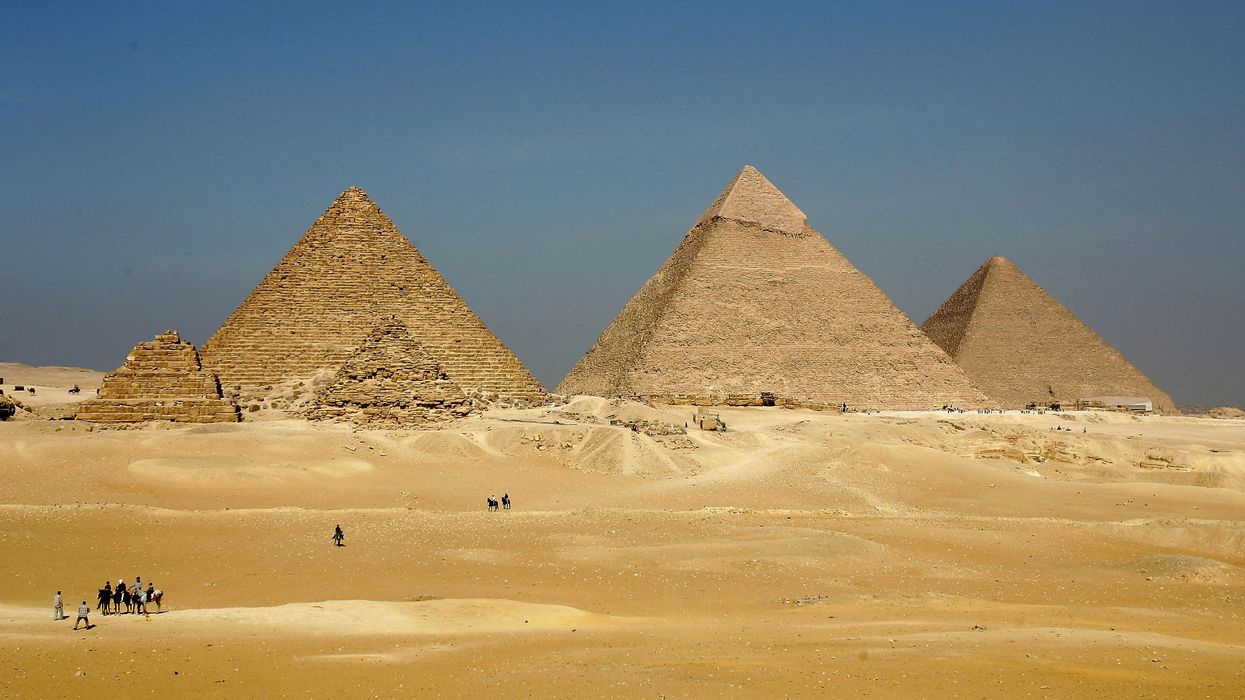
Pyramid mystery deepens as ancient Egyptians who built megaliths may have been poisoned
| GETTY
The findings also could help archaeologists discover how the pyramids were built
Don't Miss
Most Read
Latest
Ancient Egyptian labourers who built the great pyramids may have died in excruciating pain after being poisoned, a new study has claimed.
Although there is archaeological evidence showing how the Egyptian royalty of the time lived, little is known about ordinary workers and the method of how they may have built the pyramids remains a mystery.
One possible explanation floated by scientists suggests a thriving tool-making industry could have expedited the deaths of thousands of workers.
In 2019, geochemists from France’s Aix-Marseille Université (amU) discovered the presence of copper in high quantities which would have been vital for producing bronze tools.
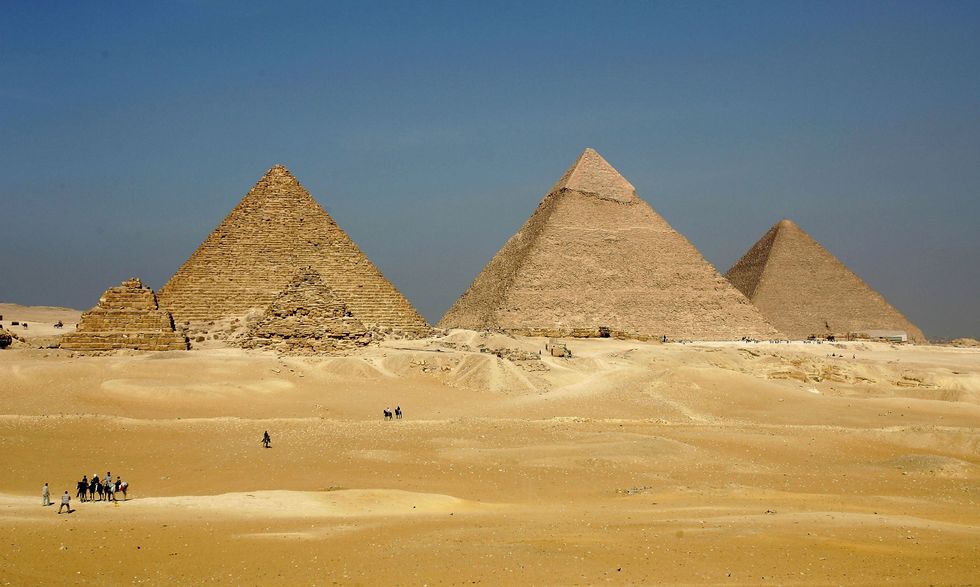 Pyramid mystery deepens as ancient Egyptians who built megaliths may have been poisoned | GETTY
Pyramid mystery deepens as ancient Egyptians who built megaliths may have been poisoned | GETTYThe discovery at Khugu harbour – the oldest known port in history dated to 4,500 years old – could shed new light on how those who built the giant megalithic structures lived and died.
“We’d like to know more about 95 per cent of the people rather than the elite,” amU geochemist Alain Veron told Eos.
Years later, the same team drilled into the ground at the harbour, situated at a now-lost tributary of the Nile River, and using a technique known as inductively coupled plasma-mass spectrometry (ICP-MS) together with carbon dating, measured the presence and age of metals such as titanium, iron, aluminium, copper and arsenic.
The analysis, published in a 2024 study published in Geology, found levels of copper were “five to six times higher than the natural background”.
The copper had begun to contaminate the soil as early as 3,265 BC, Veron, who contributed to the study, explained.
MORE SCIENTIFIC BREAKTHROUGHS: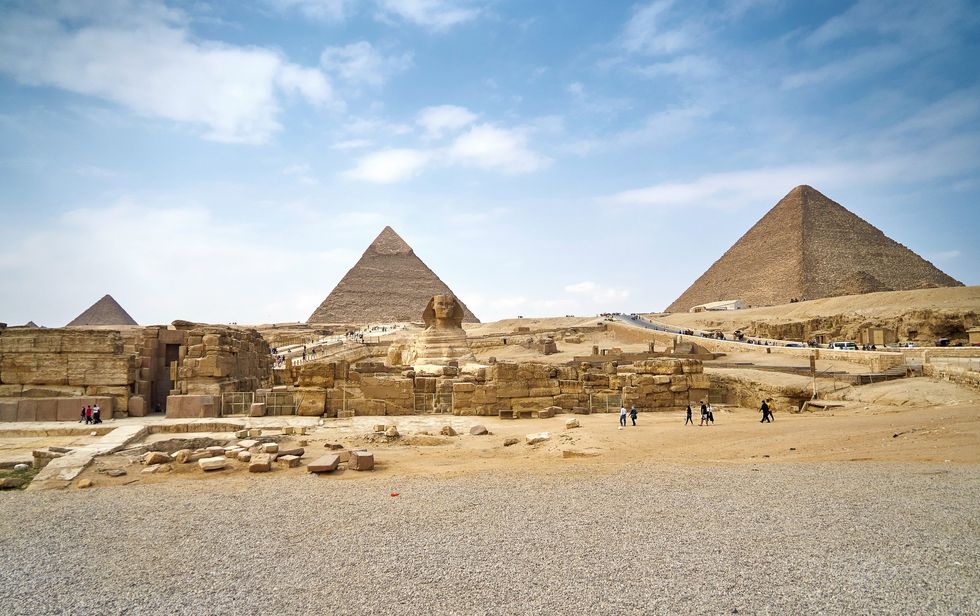 The Pyramids in Giza | Getty
The Pyramids in Giza | GettyIt also found the contamination reached its peak 750 years later before trailing off around 1,000 BC.
“We found the oldest regional metal contamination ever recorded in the world,” Veron said.
The findings not only suggest that humans occupied the area 200 years earlier than previously thought but also suggest what type of tools may have been available to those who built the pyramids.
Using arsenic to strengthen tools, works may have been making tools like blades, chisels and drills and would have been essential for the construction of the pyramids.
Echoing the importance of the findings, amU geo-archaeologist Christophe Morhange added that the “sediments are as important as monuments” and are often an overlooked source of information.
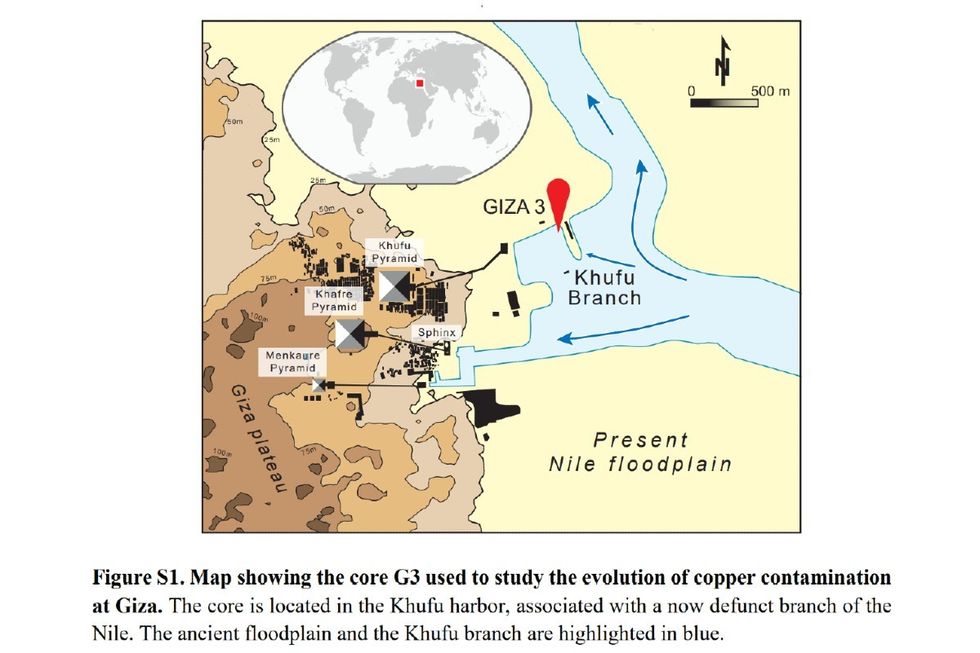
Map showing the evolution of copper contamination at Giza
|Geology/Younes, G., et al., 2024, The construction of the Giza pyramids chronicled by human copper contamination
Workers exposed to the high levels of copper contamination may not have had pleasant deaths, as although trace amounts of the metal are essential to human life, overexposure can cause vomiting, diarrhoea, nausea, and abdominal pain.
Long-term exposure to the metal can also cause kidney and liver damage.
One critic of Veron’s study, Andrew Shortland, an archaeological scientist from Cranfield University, suggested the limited number of samples (six) used for carbon-14 dating “aren’t enough” to establish a proper timeline.
However, he did acknowledge the broader conclusions about human-induced metal contamination.








